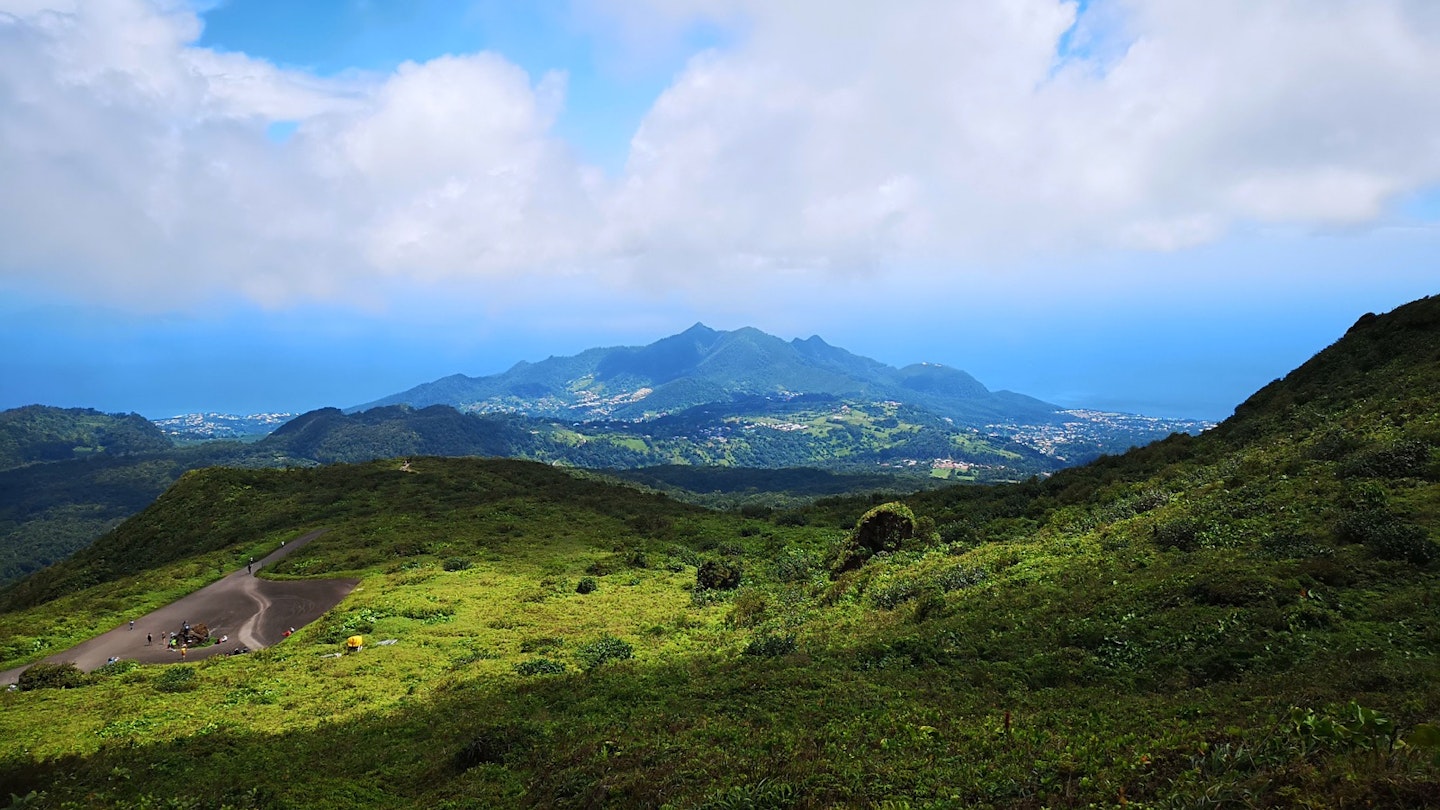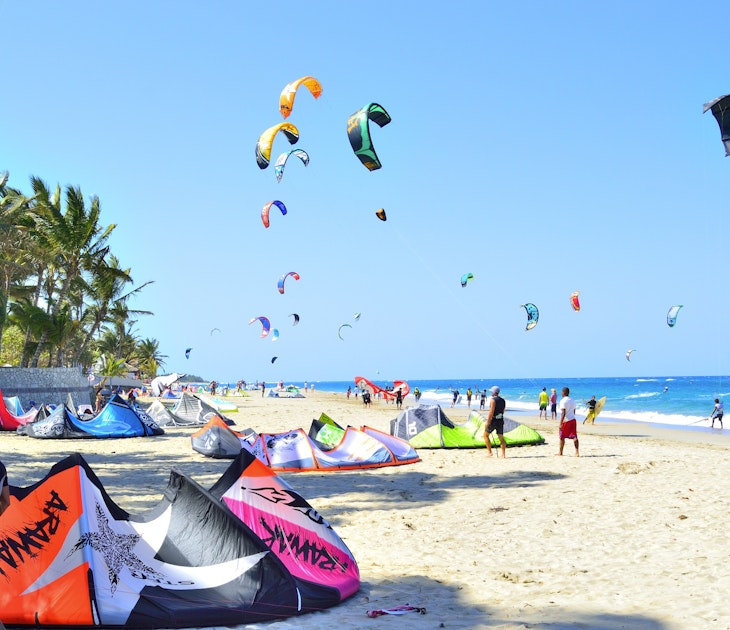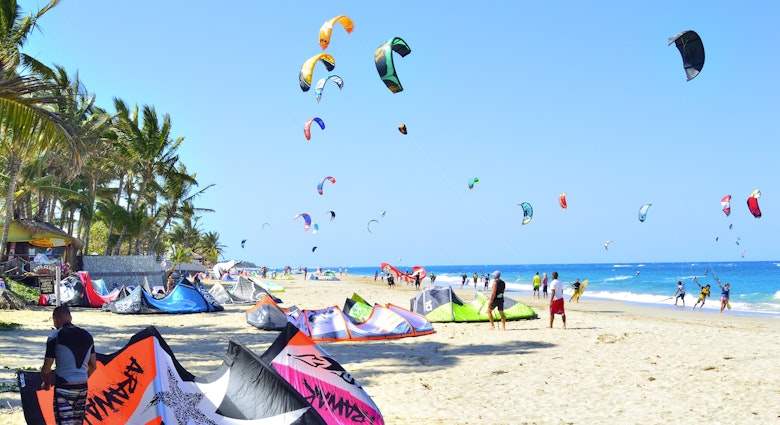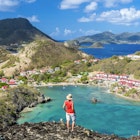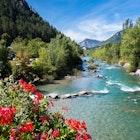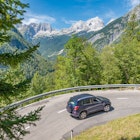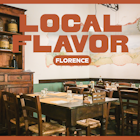Guadeloupe – it’s part-French, part-Creole, happily rustic and refreshingly authentic.
Spread across two main interconnected hubs and a handful of smaller islands, this French department is as diverse as it is authentic, with waterfall-clad rainforests making up the larger (volcanic) Basse-Terre and talcum-white sands coloring the smaller, flatter Grande-Terre.
Diving, hiking, wildlife-watching and rum-tasting are all on tap here, while an intriguing mix of cultures – Creole, African, Indian and French to name a few – make the food and culture scene a major draw too.
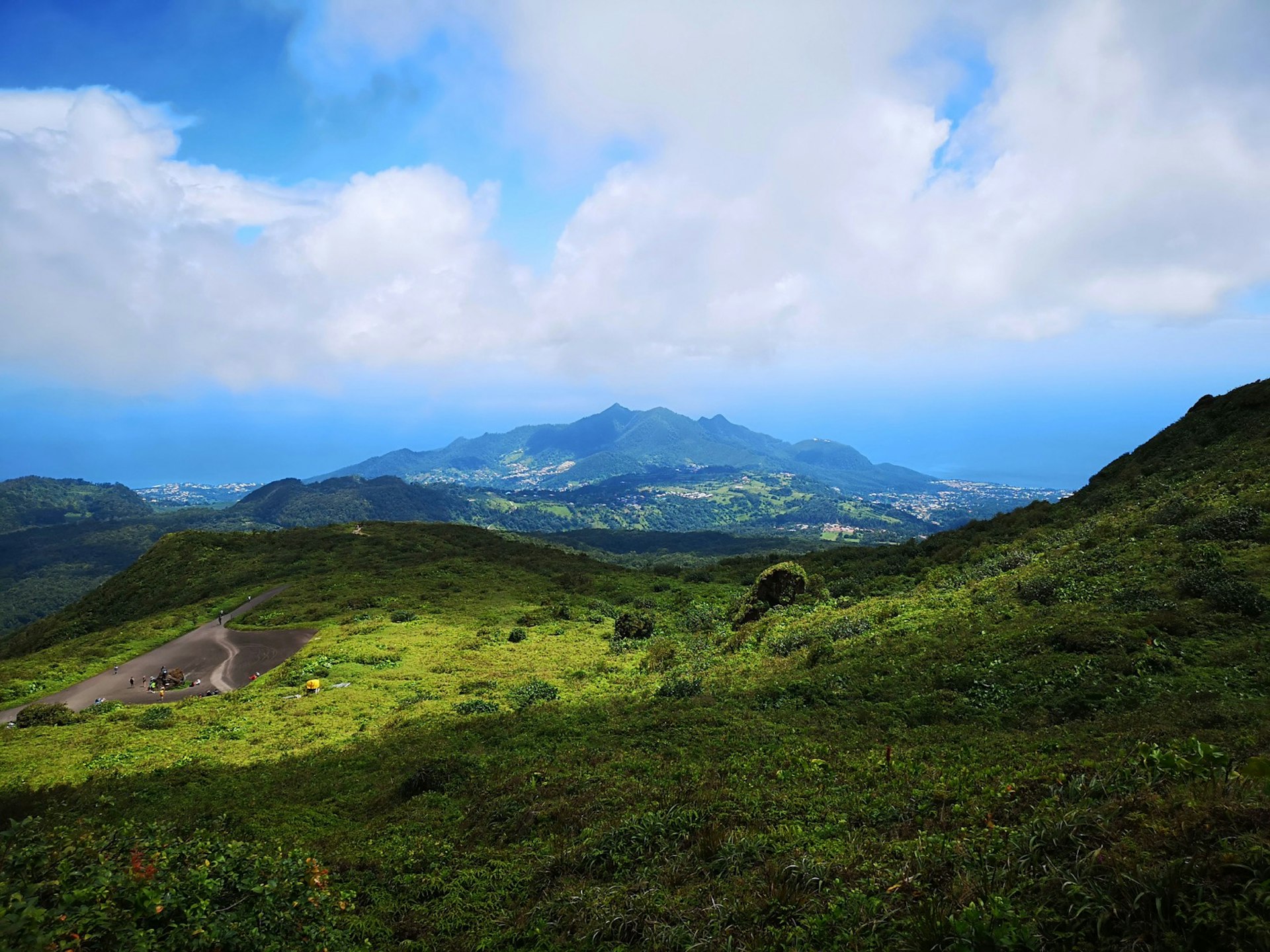
Despite the allure, Guadeloupe still feels happily cut-off from the masses, and while you’ll stumble upon the odd French tourist, the overriding vibe is low-key – think ramshackle houses licked in faded pink, soca music playing on unkempt streets and chilled-out, friendly locals who’ve fled mainland France for a slower mode de vie (way of life).
Here are some highlights for those wanting to trade in the mega-luxe Caribbean resorts for back-to-nature charm.
Hike an active volcano
At the heart of Basse-Terre is La Soufrière, a 4,813-foot volcano poking up from mist-drenched rainforest that’s part of the Parc National de Guadeloupe (a Unesco Biosphere Reserve).
While the volcano is technically active (the last eruption was in 1976) you can still climb it, either independently or with a guide. The easiest and most popular route up is the Chemin des Dames, which starts in a forest filled with twisted trees and dangling vines and ends with extraordinary views over the surrounding islands, jets of gas pumping out all around you from warm, yellow-ringed craters.
If you want to learn more about the history and monitoring of the volcano as you ascend, try Otantik Tours, who take you up with a knowledgeable guide and add in a stop at the Yellow Baths on the way back down for some mineral-rich bathing in 86-degree waters.
Take a boat to Les Saintes
Made up of nine islands – only two of which are inhabited – the hump-shaped Îles des Saintes have a distinctly different feel from their larger siblings, and were owned by the British for several decades.
The biggest and most tourist-heavy is Terre-de-Haut, reached by a short ferry ride from either Grande-Terre or Basse-Terre. Attracting affluent French tourists and a yacht-loving crowd, this tiny, hilly island is like a French-meets-Caribbean fishing village, lined with trendy boutiques, candy-colored houses and rustic cafes that flank water colored a perfect cobalt.
There are no cars, so visitors whiz around on scooters and buggies, hopping between enclaved beaches, palm-lined shores and the main attraction, the iconic Fort Napoleon. A hilltop citadel built in 1867 to defend the island, it’s now home to a museum centered around the islands’ history, including the numerous at-sea battles over ownership between the French and British.

Dive at the Cousteau Nature Reserve
Guadeloupe was originally named 'place of beautiful waters' (Karukera) by its native inhabitants, and today those waters retain their charm, armed with striking coral reefs and vibrant sea-life.
You’ll find a string of dive sites scattered around both the main islands, but the most popular is the Cousteau Reserve – a protected marine area not too far from Basse-Terre. Here turtles, starfish, seahorses, flounders and rainbow-colored fish dart among yellow tube sponges and veiny coral formations. The exotic display impressed Captain Jacques Cousteau enough for him to campaign for its protection back in the 1970s.
Today Malendure Beach is lined with dive shacks offering boat trips out to the reserve, including Plaisir Plongee Karukera, who offer intro dives as well as PADI (Professional Association of Diving Instructors) courses for all levels.
Learn history of slavery at Memorial ACTe Museum
Opened in 2015 on the site of a former sugar factory, this huge, ultra-sleek museum delves deep into the history of slavery in Guadeloupe and beyond. There are stories, letters and various other artifacts, with interactive exhibits and an audio-guided commentary taking you through every stage of the archipelago’s history. It begins with French colonization and the African slave trade, the indentured labour system (when thousands of workers arrived from India) and continues on to the modern day. It's an impressive, though somber, learning experience.

Explore the Botanical Garden in Deshaies
The small, peaceful village of Deshaies is the main tourist hub on Basse-Terre thanks to its smattering of beaches and quaint, sleepy fishing port.
Colorful houses and good seafood joints make its streets well worth a wander, but the crowning glory is the botanical garden, home to exotic plants, mirror ponds and a bird enclosure where rainbow-colored parrots flit onto your shoulders. The onsite restaurant is also good, with local specialities like boudin (blood sausage) and accras (fish fritters) served with a side of idyllic greenery.
Go rum-tasting
It wouldn’t be a visit to the Caribbean without a rum or two, and Ti’ Punch (cane sugar, lime and rum) is on every menu you come across. But to see the origins of the local spirit, head to one of the archipelago’s nine distilleries. The most famous is Damoiseau, set on the east of Grande-Terre and responsible for around half of the island’s rum production. You can wander at leisure and see the screeching machinery at work. And later, sample some of the produce back in the shop, before picking up a bottle for the journey home.
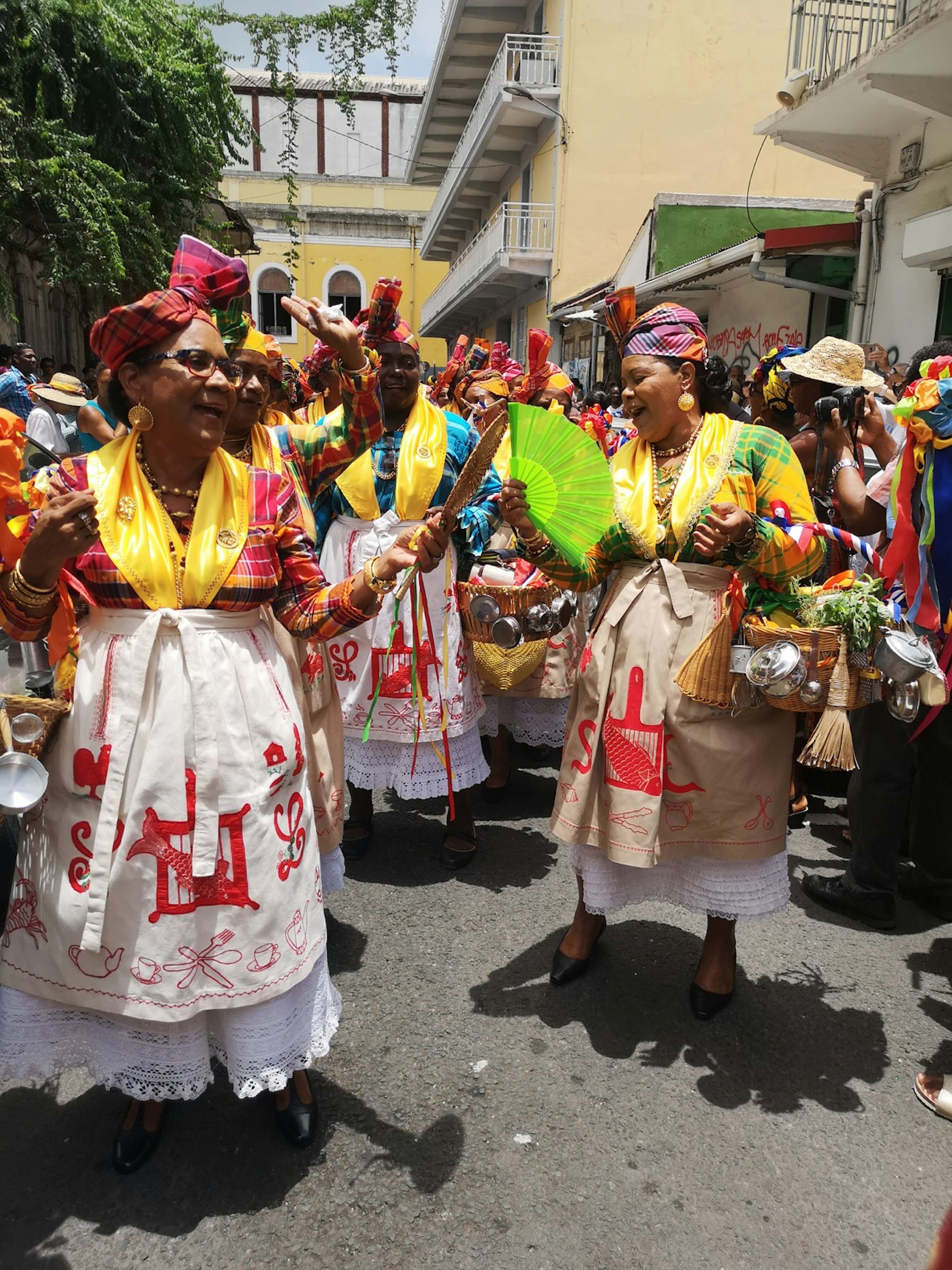
Experience authentic culture in Pointe à Pitre
The economic capital of Guadeloupe and the biggest city on Grande-Terre, Pointe à Pitre offers a glimpse into Caribbean life at its most traditional. Here wooden-slatted, corrugated roof houses with bright yellow doors stud disheveled streets, while market stalls heave with overpowering spices, trinkets and rum bottles.
It’s a little rough-around-the-edges, but visit in early August and you’ll catch one of Guadeloupe’s most famous (and quintessential) festivals – the Fête des Cuisinières. The huge parade, lead by the local women’s society (the 'female cooks'), spills out from the cathedral, dressed in colorful checkered garb and bearing baskets of home-made treats to share with the crowd. There are live reggae bands and locals bopping along to the beat, and though it’s hot, sweaty and a little hectic, it’s a genuine snapshot into local life that’s about as far from the glossy all-inclusives of the neighboring islands as you can possibly get.
Laura French traveled to Guadeloupe with support from Atout France (guadeloupe-islands.com). Lonely Planet contributors do not accept freebies in return for positive coverage.
